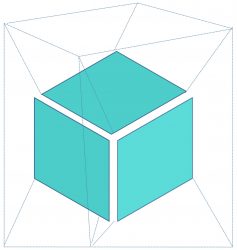For decades the “intergenerational effects of the Vietnam draft on risky behaviors” has been overlooked. Deza and Mezza (2025) identified several changes in parenting styles (PS) due to existence of a draft lottery. PS like uninvolved, permissive, authoritarian become more frequent. Similarly, risky behaviors of their children like smoking, drinking and drug abuse tend to increase. According to this new evidence on an old strategy to recruit military personnel the effects are not only directly on the persons drafted, but have lasting consequences onthe next generation as well. This increased overall the burden of going as well as preparing for war in the societies concerned. In view of the Russian aggression on Ukraine territory the consequences for both countries are considerable and shall be transmitted to future generations as well. Even neighboring countries fear and feel the heat of recruitment for armed conflict.



 Exhibition catalog is forthcoming
Exhibition catalog is forthcoming
